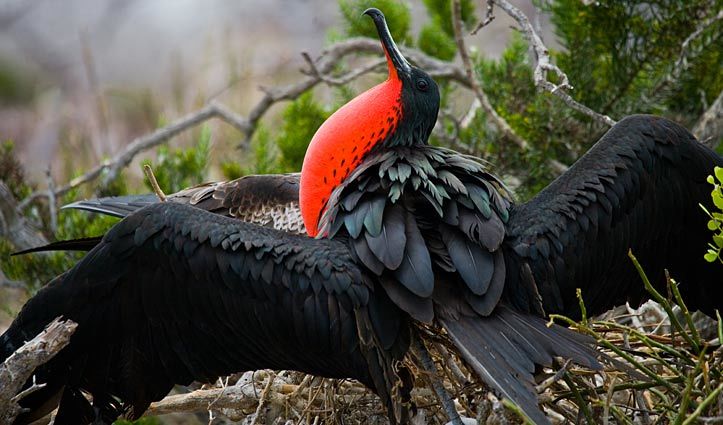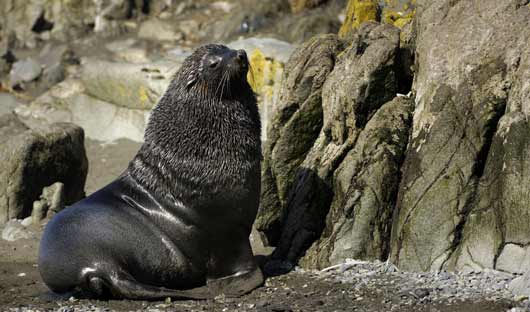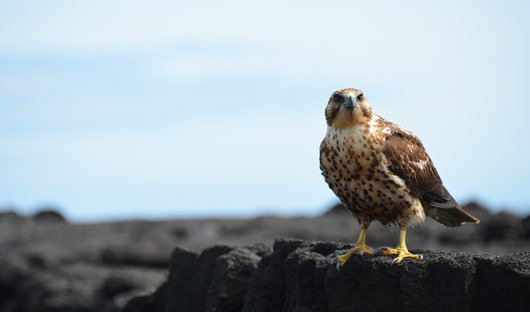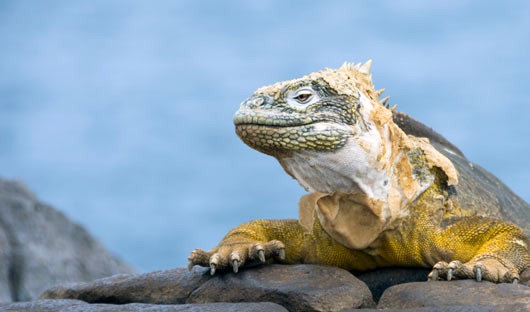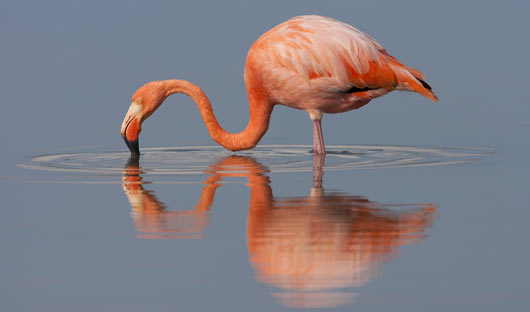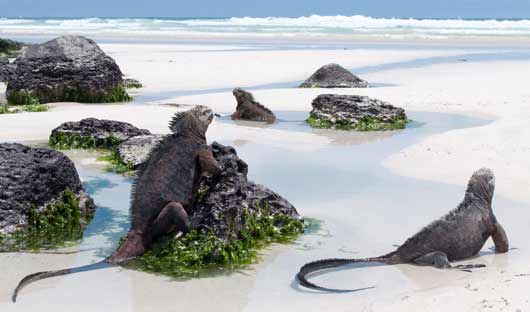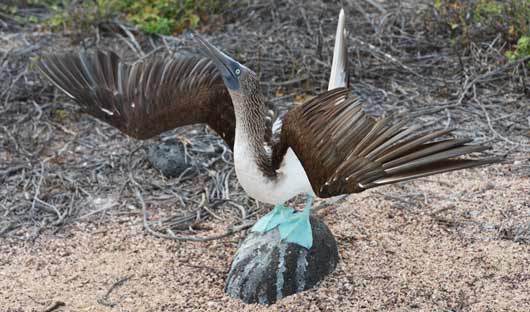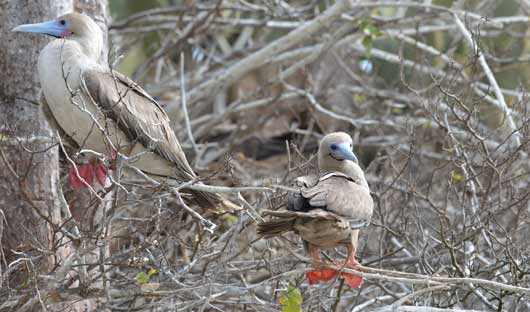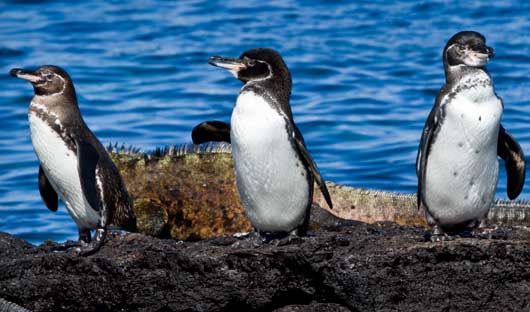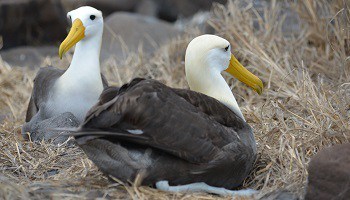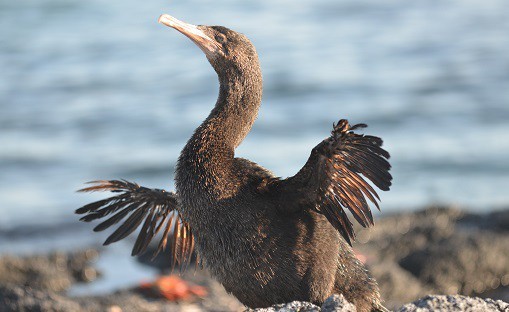06 Oct Galapagos Islands – The Big 15
Galapagos Islands, Ecuador – The Big 15
Whilst Africa has its BIG FIVE the Galapagos Islands have come up with the BIG 15. It could be 18 as Darwin’s Finches (13 species), Lava lizards and Galapagos racer snake are all endemic to the Galapagos Islands and the finches have an important place in our understanding of evolution.
The ‘BIG 15’ has been released, a list of the most iconic wildlife of the Galapagos Islands chosen by consensus among top naturalist guides and dedicated wildlife enthusiasts, and you’ll encounter many of these amazing creatures on cruises of 5 nights or longer duration.
The official Big 15 are – in reverse order – of course.
15. Nazca Booby 14. Galapagos Fur Seal 13. Galapagos Hawk (endemic)
12. Greater Frigate Bird 11. Santa Fe Iguana (endemic) 10. American Flamingo
9. Land Iguana (endemic) 8. Galapagos Sea Lion (endemic) 7. Marine Iguana (endemic)
6. Blue Footed Booby 5. Red Footed Booby 4. Galapagos Penguin (endemic)
3. Galapagos Albatross (endemic) 2. Flightless Cormorant (endemic) 3. Galapagos Giant Tortoise (endemic)
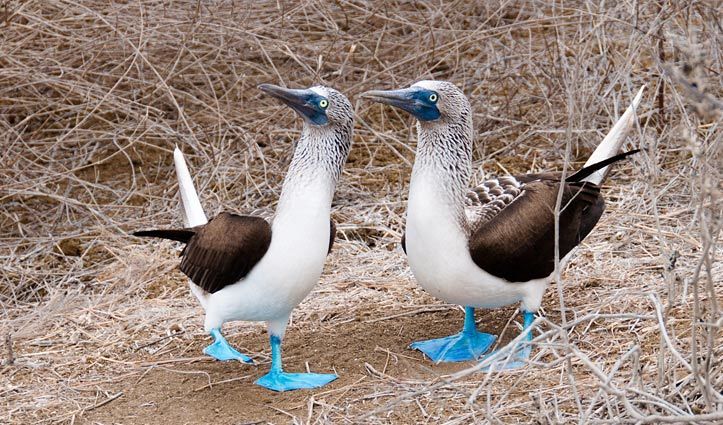
There are five species that are largely exclusive to one or two islands and you need to select specific itineraries if you want to be sure of seeing any of them (on a 15 day itinerary you may see all):
• Red-Footed Booby (Genovesa Island, and Punta Pitt on the tip of San Cristobal Island)
• Flightless Cormorant (Isabela and Fernandina Islands)
• Santa Fe Land Iguana (Santa Fe Island, off the east coast of Santa Cruz Island)
• Galapagos Penguin (Isabela and Fernandina Islands, small colonies on Floreana, Bartolomé and Santiago)
• Waved Albatross (eastern Espanola Island)
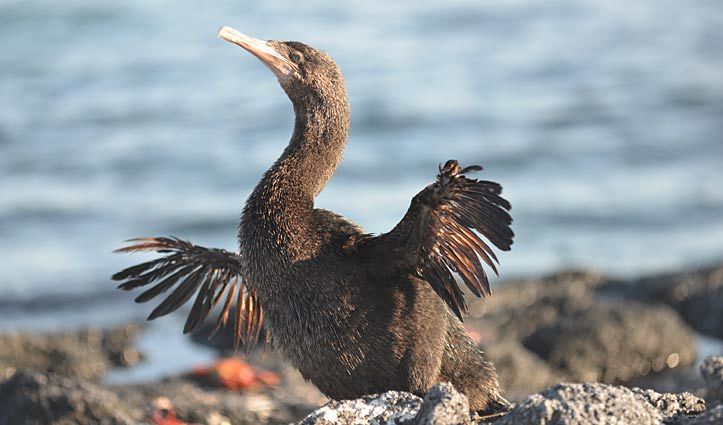
The critically-endangered Galapagos or Waved Albatross is only found on Espanola and for a limited time – they are true seabirds and only return to land to breed and raise their hatchlings. Each year, from April to December, the entire world’s population of adult birds returns to Espanola.
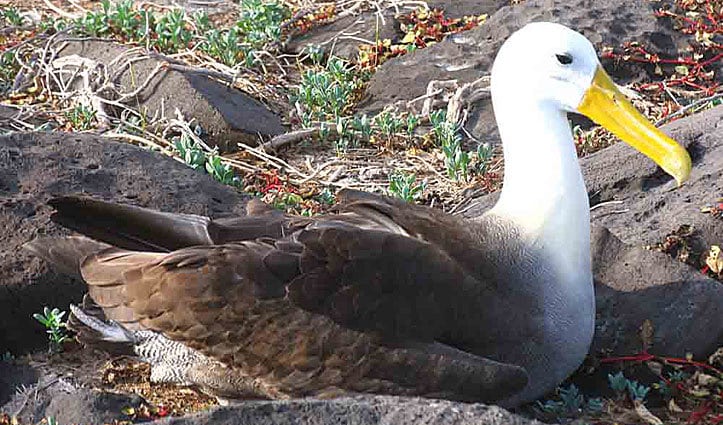
The other species that make up the BIG 15 are seen throughout the islands and include blue-footed and Nazca boobies, marine and land iguanas, Great and Magnificent frigatebirds, Galapagos hawks, Galapagos sea lions and fur seals, and American flamingos (rarely found outside the Caribbean). You’ll also see some of 13 species of finches on every island; the trick is trying to identify which specific species they are.
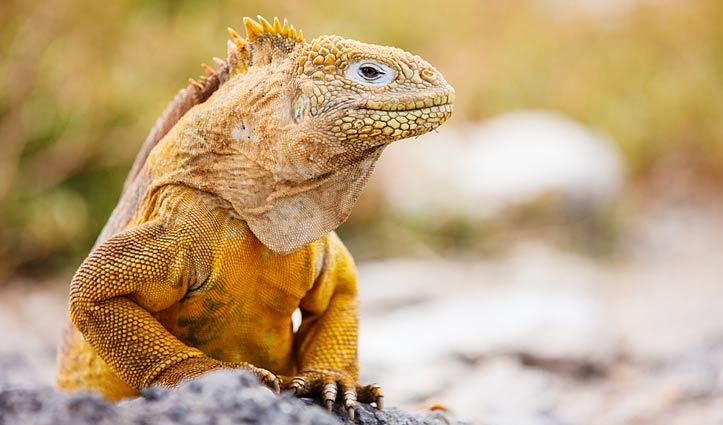
The ‘star’ of the Galapagos is the Giant Tortoise, from which the islands take their name – to early Spanish visitors the upper shell resembled a Spanish saddle called a ‘galapagos’ so they gave this name to the tortoise and it later came to apply to the whole archipelago. The giant tortoises inhabit several islands and on a number they have been reintroduced after being previously wiped out by hunting and on-going predation on their environment and their eggs by feral goats and pigs (both of which have quite recently been culled or cleared from some islands). On two or three islands you may visit ‘galapagueras’ which operate research and breeding programs but the main place you’ll see giant tortoises in the wild is in the highlands of Santa Cruz.
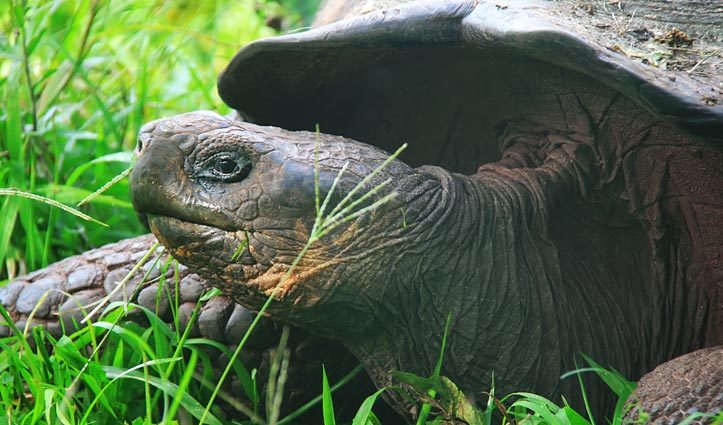
The majority of the vessels we recommend offer itineraries that will enable you to see the five island-exclusive species mentioned above – although to tick off each one you’d need to cruise for longer than a week – and will also show you all or most of the others of the BIG 15.
